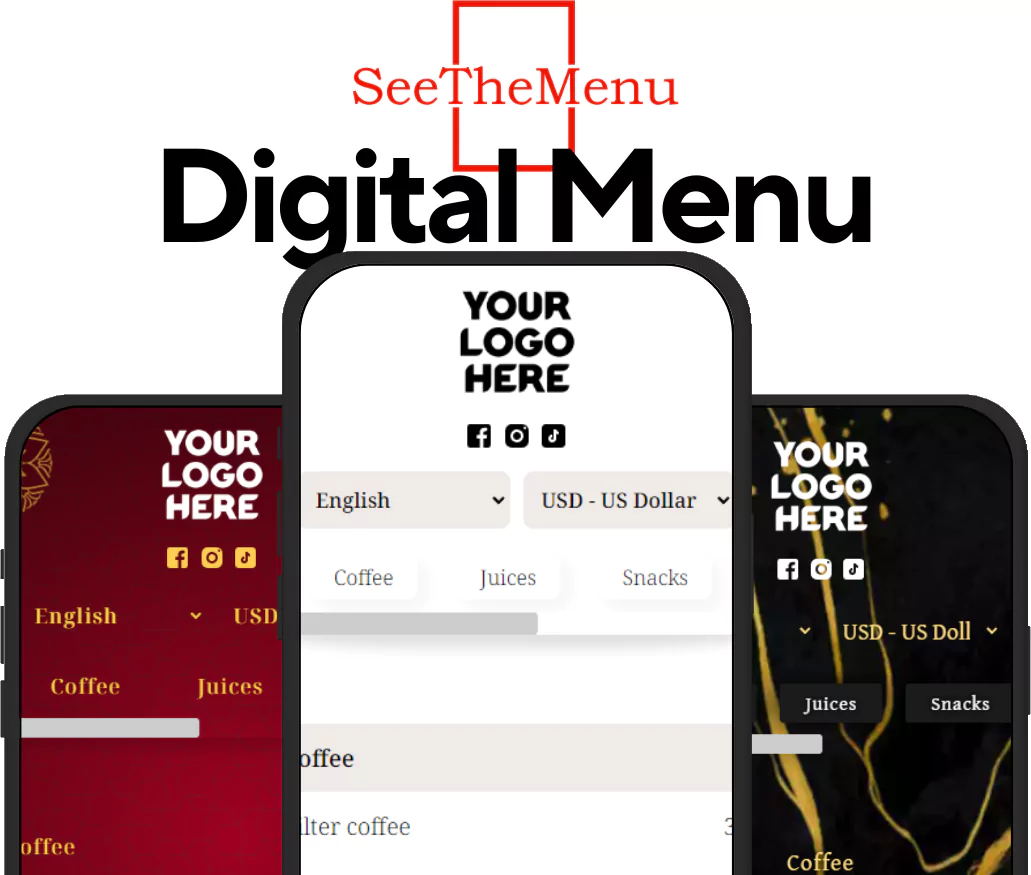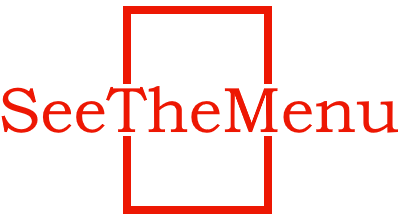The Role of Digital Menus in Creating a Sustainable Restaurant Environment
Date:28/07/2024

Sustainability is no longer just a buzzword in the restaurant industry; it’s a crucial aspect of modern business practices that consumers increasingly expect. Digital menus are emerging as a key component in the drive towards more sustainable restaurant operations. This blog post discusses how digital menus help reduce paper waste and contribute to broader environmental sustainability efforts within the industry.
Reducing Paper Waste with Digital Menus:
- Elimination of Traditional Menus:
- One of the most direct impacts of digital menus on sustainability is the reduction in the use of paper. Traditional menus require frequent updates and reprinting, especially in restaurants that adjust their offerings regularly. Digital menus can be updated instantly with no physical waste, significantly cutting down the amount of paper used and disposed of.
- Long-Term Durability and Updates:
- Unlike paper menus that wear out and need replacement due to physical degradation, digital menus are durable and can last for many years with proper care. Additionally, updates and changes can be made digitally, without the need to reprint and distribute new menus, further minimizing paper use.
Contributing to Broader Environmental Goals:
- Energy Efficiency:
- Modern digital menu displays are often designed with energy efficiency in mind, utilizing technologies like LED screens that consume less power compared to older digital displays. This contributes to lower energy consumption in restaurant operations.
- Waste Reduction Beyond Paper:
- Digital menus also help reduce other forms of waste. For instance, they can integrate with inventory systems to update menu availability in real-time, helping to manage food stocks more efficiently and reduce food waste.
- Enhanced Recycling Efforts:
- When digital devices eventually reach the end of their life, many components can be recycled, unlike paper menus which often end up in landfill, especially if they are coated or contain non-paper elements.
Marketing Sustainability:
- Customer Engagement and Brand Image:
- Implementing digital menus allows restaurants to position themselves as environmentally conscious brands. This can enhance customer loyalty, particularly among consumers who prioritize sustainability in their purchasing decisions.
- Transparency and Education:
- Digital menus can also be used as tools to educate customers about the restaurant’s sustainability efforts, including sourcing of ingredients, energy-saving measures, and waste management practices. This transparency can strengthen trust and support from customers.
Considerations for Implementation:
- Initial Environmental Impact:
- It’s important to consider the environmental impact of manufacturing and disposing of digital devices. Choosing suppliers who prioritize environmentally friendly practices and materials can mitigate these concerns.
- Continuous Improvement:
- Sustainability is an ongoing commitment. Continuously evaluating and improving the environmental footprint of digital systems, including how they are powered and updated, can help ensure they remain a positive force for sustainability.
Conclusion: Digital menus are more than just a technological upgrade; they are a significant step forward in creating a sustainable restaurant environment. By reducing paper waste and supporting efficient operations, they not only help restaurants meet environmental goals but also build a positive brand image in the eyes of eco-conscious consumers.
